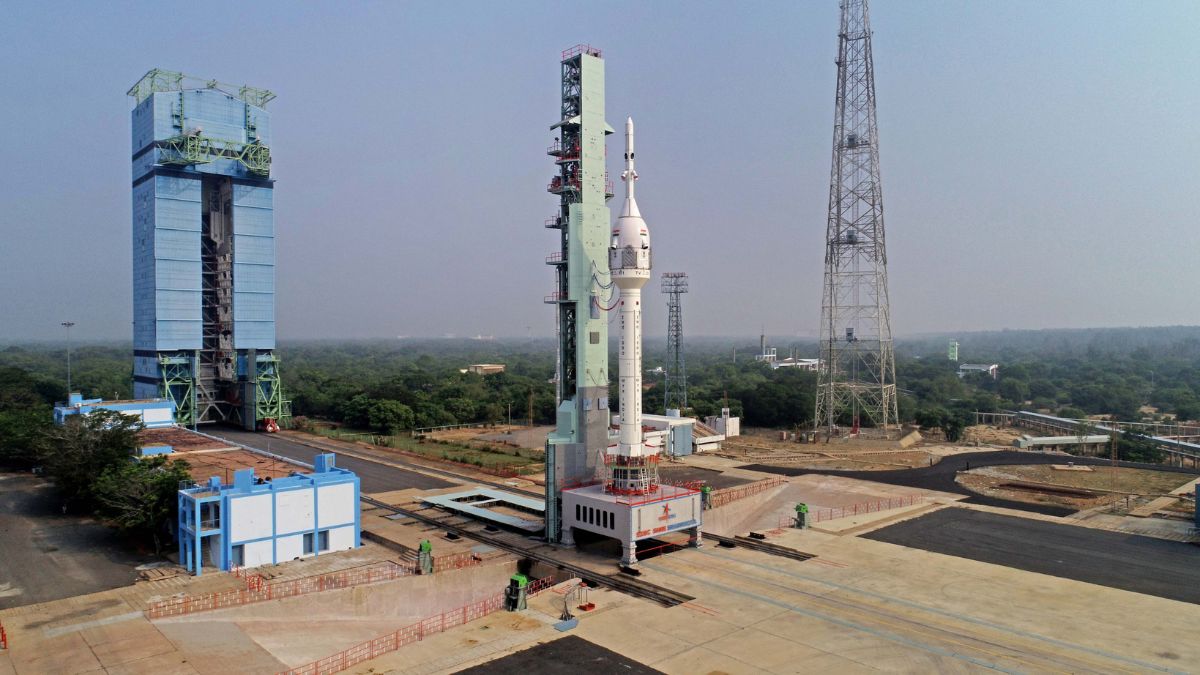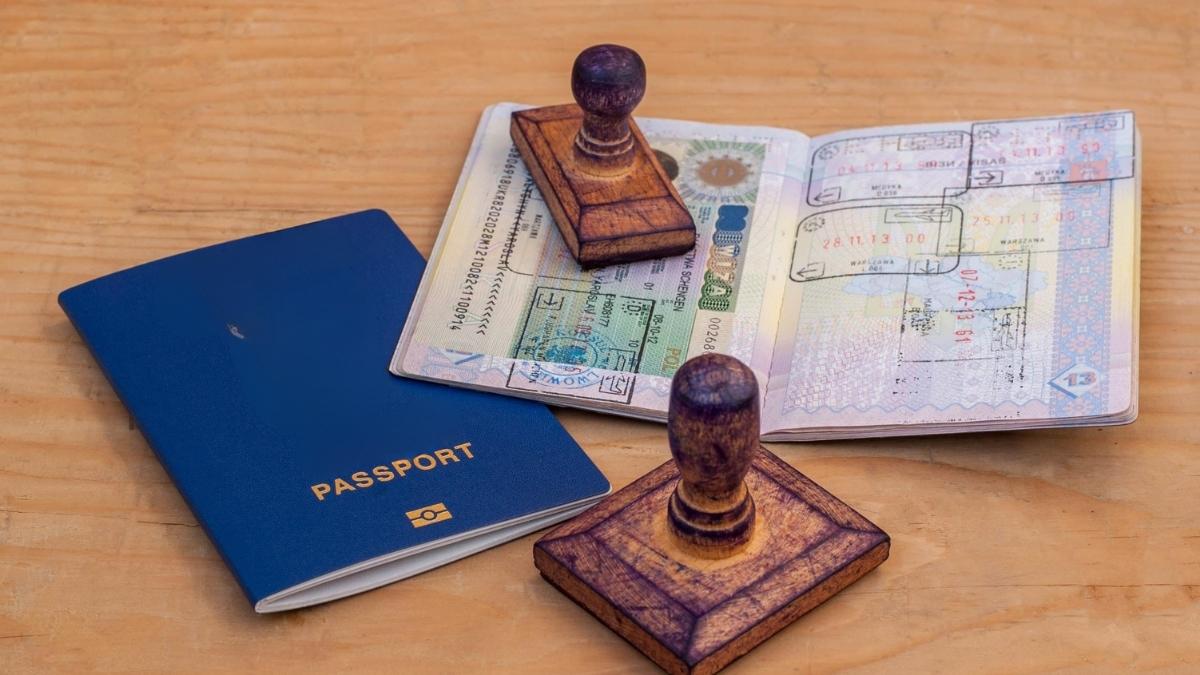Gaganyaan, the first of a series of test flights for a mission was successfully accomplished by the Indian Space Research Organisation (ISRO) on October 21, 2023. This mission will add India to the limited and exclusive group of nations that can launch a crewed spacecraft by themselves. The Gaganyaan program’s initial development flight is called TV-D1. The first test flight in orbit, called Gaganyaan-1, is scheduled for 2024.
Gaganyaan, India’s 1st Human Space Mission!
Mission Gaganyaan:
TV-D1 Test FlightThe test flight can be watched LIVE
from 0730 Hrs. IST
on October 21, 2023
at https://t.co/MX54CwO4IUhttps://t.co/zugXQAYy1y
YouTube: https://t.co/75VtErpm0H
DD National TV@DDNational#Gaganyaan pic.twitter.com/ktomWs2TvN— ISRO (@isro) October 19, 2023
A completely autonomous, 5.3-tonnes spaceship called the Gaganyaan crew module is intended to launch a three-person crew into orbit. Further, it will return to Earth safely after a mission lasting up to seven days. Further, two parachute systems are installed in the crew module for redundancy. Additionally, with one parachute being sufficient for a secure splashdown.
The spacecraft will include environmental control and life support systems. It will be equipped with a Crew Escape System (CES) that may be turned on during the burn of the first or second rocket stage, including emergency mission abort capabilities.
A depressurized crew module was suggested for both demonstration missions in April 2022. The Crew Escape System (CES) underwent a successful static test on August 10, 2022, by ISRO. A complete set of parachutes, recovery assist actuation systems, and pyrotechnics were all contained within the specialised crew module for TV-D1. It had to be the size and mass of an actual Gaganyaan crew module overall.
Also Read: Bengalureans, Follow This Traffic Advisory On Aug 26 As PM Modi Will Visit ISRO In Peenya
The navigation, sequencing, telemetry, instrumentation, and power functions of the avionics systems are all carried out in a dual-redundant mode.
Test Vehicle Abort Mission
Mission Gaganyaan
TV D1 Test Flight is accomplished.
Crew Escape System performed as intended.
Mission Gaganyaan gets off on a successful note. @DRDO_India@indiannavy#Gaganyaan
— ISRO (@isro) October 21, 2023
The Gaganyaan program’s Test Vehicle Abort Mission-1, or TV-D1, was originally scheduled to take place on October 21, 2023, at about 08:00 IST. The take-off was delayed because of weather-related issues. And five seconds prior to launch, the onboard computer stopped the launch because of an engine abnormality.
A special version of the crew module that had undergone integration testing and was not pressurised was used for the mission. At 04:30 UTC, the rocket lifted off, and the crew module successfully disengaged from the booster, however, the Indian Navy successfully recovered it. India is the fourth nation to successfully test this technology, following the United States, China, and Russia.
In this mission, the crew module was heavily instrumented to record the flight data. Moreover, it will help in assessing the performance of various systems. After touching down in the Bay of Bengal, it was intended to rescue the crew module. A specialised vessel was used and a dive team from the Indian Navy.
What was the objective of this mission?
- To check the evaluation and flight demonstration of the test vehicle subsystems.
- To check the evaluation of the CES and other separation systems.
- To check the characteristics of the crew module, as well as a higher altitude demonstration of its recovery systems.
Also Read: ISRO Aditya L-1: Launch Date To Live Viewing To Tickets, Here’s A Guide To India’s Mission To Sun
Comment below and share your thoughts about this human space programme.
Cover Image Courtesy: ISRO/ X (Formerly, Twitter)
For more such snackable content, interesting discoveries and latest updates on food, travel and experiences in your city, download the Curly Tales App. Download HERE.
Good news! We are on WhatsApp! Subscribe to Curly Tales WhatsApp Channel to stay up-to-date with exclusive content and BTS. Join HERE.
First Published: October 22, 2023 11:31 AM



